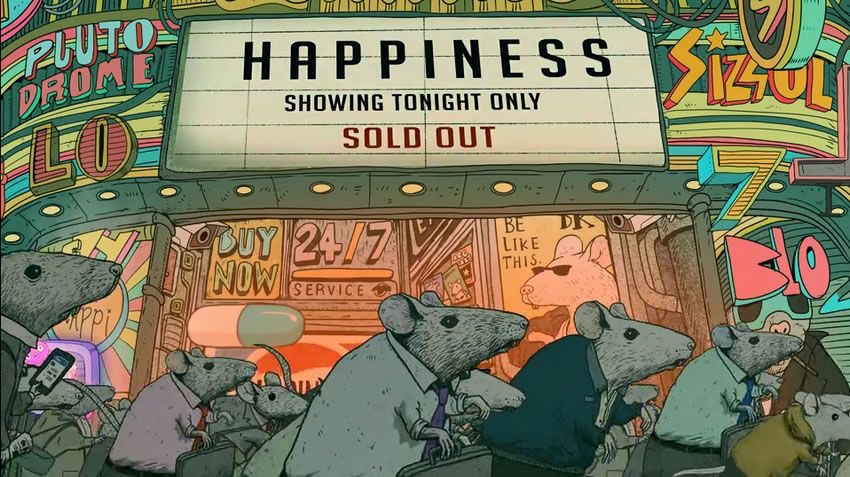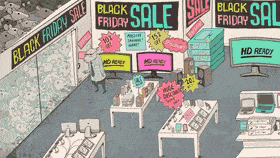Project 2- Artist Statement
- kehe3676
- Oct 14, 2020
- 2 min read
In project two, my focus on consumerism is meant to not only show the havoc that consumerism wreaks on our wallets and mental health, but also the physical violence and obsession that material objects can stimulate.
Throughout this project, I couldn’t help but think of how consumerism has changed in the current climate of covid, in that many of the items people hoard today are essentials. While black friday doorbuster products used to be centered around movies, tvs, clothes, purses, and more, will covid change this year’s doorbuster deals to toilet paper, canned foods and disinfectant?
I chose to use audacity for the majority of my glitches in the stills and gifs sections, because I felt that this process aiding me in creating an image that felt more authentically imperfect. One of the most time consuming aspects of the process was using audacity, because some images would take 77 layers to create an image that felt finished. I think the beauty in glitching an image, gif, or video is the way it eliminates the artist’s control over the image and allows for a more serendipitous process.
Datamoshing took me the longest for this project, but also allowed me to have more fun with the process, in that it was a surprise every time I opened a new video. The majority of videos that I have created have been developed through premiere, but I found myself more drawn to the way that datamoshing focuses on developing the imperfections. Many of the videos I datamoshed at the start were too edited and ended up breaking, but this allowed me to gain more experience with the process. Throughout the process, I found that the undo button helped me develop a variety of versions of my videos and images, that allowed me to have some control in a project that required more patience than perfectionism. I found this project to be intriguing in the way it took me out of my comfort zone and forced me to experiment with new techniques. This project redefined successful creation as the breaking of an image, rather than perfecting it.












Comments